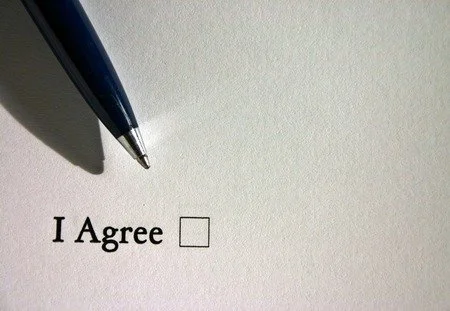Why Have I Been Getting So Many Emails Asking Me To Confirm My Address?
If you are like the rest of us in Canada over the last week or two you’ve been getting lots of emails from the mailing lists you are subscribed to asking you to confirm your subscription. Why is this happening? You’ve been subscribed to that email for years, what has changed? Should you be doing the same with your business email?
The answer is that nothing has changed, and you probably don’t need to do it yourself either. Most of the companies doing it now are using CYA policies (Cover Your A**).
You might remember a few years back when the government of Canada passed a law about electronic mailings and who businesses could send them to, Canadian Anti-Spam Law (CASL). At that time there was a mad dash for everyone to get the people on their mailing lists to re-subscribe or click a link to consent to stay on the list.
When CASL came into effect on July 1 2014, the law became that you could only send email from your company to people who had consented to receive it, meaning they had signed up somewhere to be on your mailing list. A person might sign up on your website via a form, they might sign up in your store by filling in their details on a paper list you keep at the counter, they might agree to be added to your list as a term of service when they sign a contract with you. After July 1 2014 you were no longer allowed to add a person to your mailing list automatically when you found their email address online at their website, or through LinkedIn, or even when they handed you a business card. There must be express consent to join your mailing list, and the real clincher, is that you have to be able to prove that consent.
Being able to prove that consent means you need to keep copies of those paper lists from your front cash, or if someone hands you their card to be add to your mailing list, they must write their consent on it and you keep it.
This was a big deal a few years ago and almost all businesses comply with these points now. So why are so many companies re-upping on consent now?
Well, there was a clause for implicit consent which will age out on July 1st this year. Implicit consent means people you have on your mailing list because you have some type of business relationship with them but they haven’t given express consent.
Here’s an example of how someone would end up on your mailing list with implicit consent. Your company offers to email receipts of purchase to your customers to limit the amount of paper you create. When a person gives you their email address to send their receipt you also add them to your mailing list because they have made a purchase from you and you could call that implicit consent. And the legislation allowed businesses time to either get express consent from those clients, or for your business to now abide by the implicit consent aging allowances for those clients.
Frankly, the aging allowances are complicated to keep track of and confusing. Any business’s best step going forward is to make sure that all of the places you would gather a client’s email address you also offer an option for them to choose to join your mailing list. Only if they say yes do you put them on your list.
If you haven’t already switched your electronic mailing to a system like MailChimp, AWeber or Constant Contact this is the time to do that. They have already done the bulk of the ground work to make sure that any of your messages meet CASL.
And remember, in general people don’t like to receive unsolicited emails (or texts) so make sure you ask permission and that you are sending good quality information. Treat your clients email addresses like invitations into their palace, always get dressed up and show up on time ;-)


